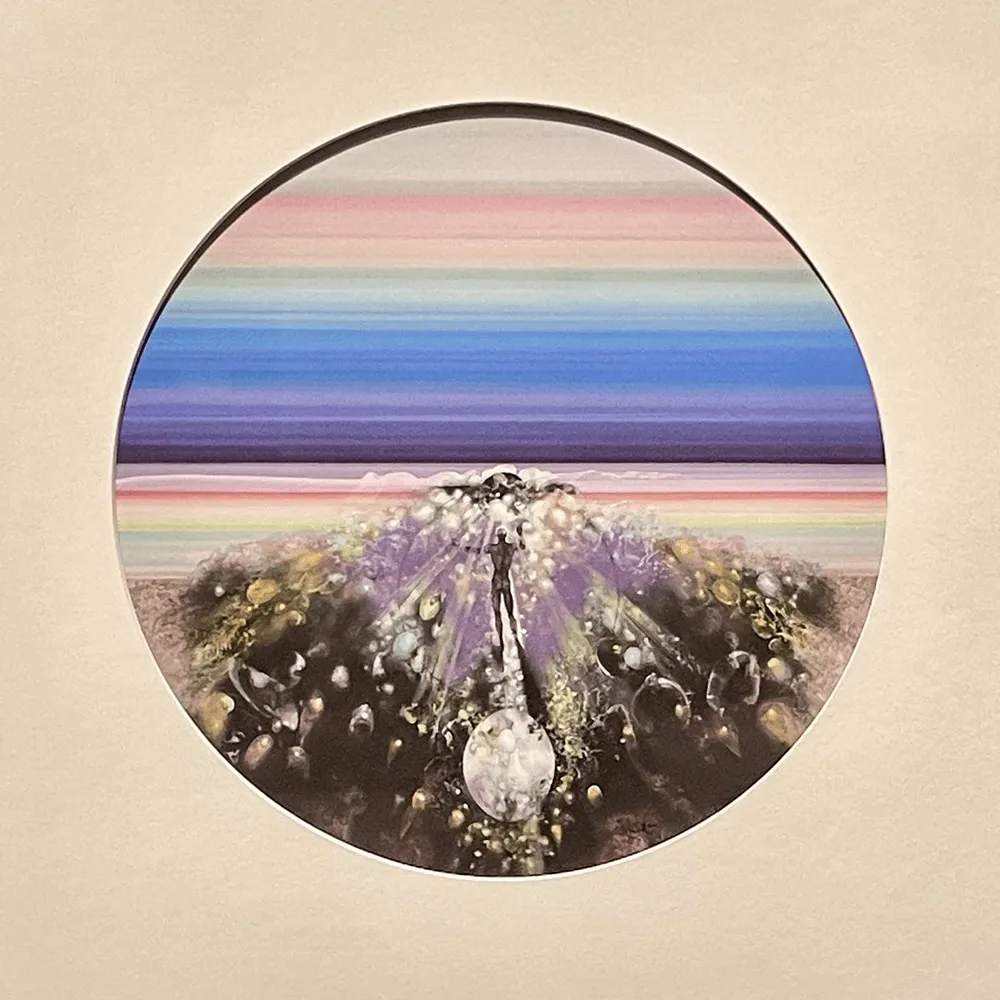The Fleming Museum of Art 's collections include approximately 25,000 works of art and cultural heritage objects, that originate from all over the world and represent over 5,000 years of human history.
Collections Information
Opening in 1931, the Fleming combined several collections of fine art, geology, archeology, anthropology, and an extensive collection of Vermontiana for public display and educational research. Prior to the Museum’s construction, parts of the collections were housed by various departments within the University of Vermont as early as 1827.
The collections have grown and shifted over time, as new works are acquired and we continue to explore what it means to cultivate and steward a teaching collection. Below you are welcome to browse our online gallery and review some important notes regarding the collections and our ongoing provenance research.
